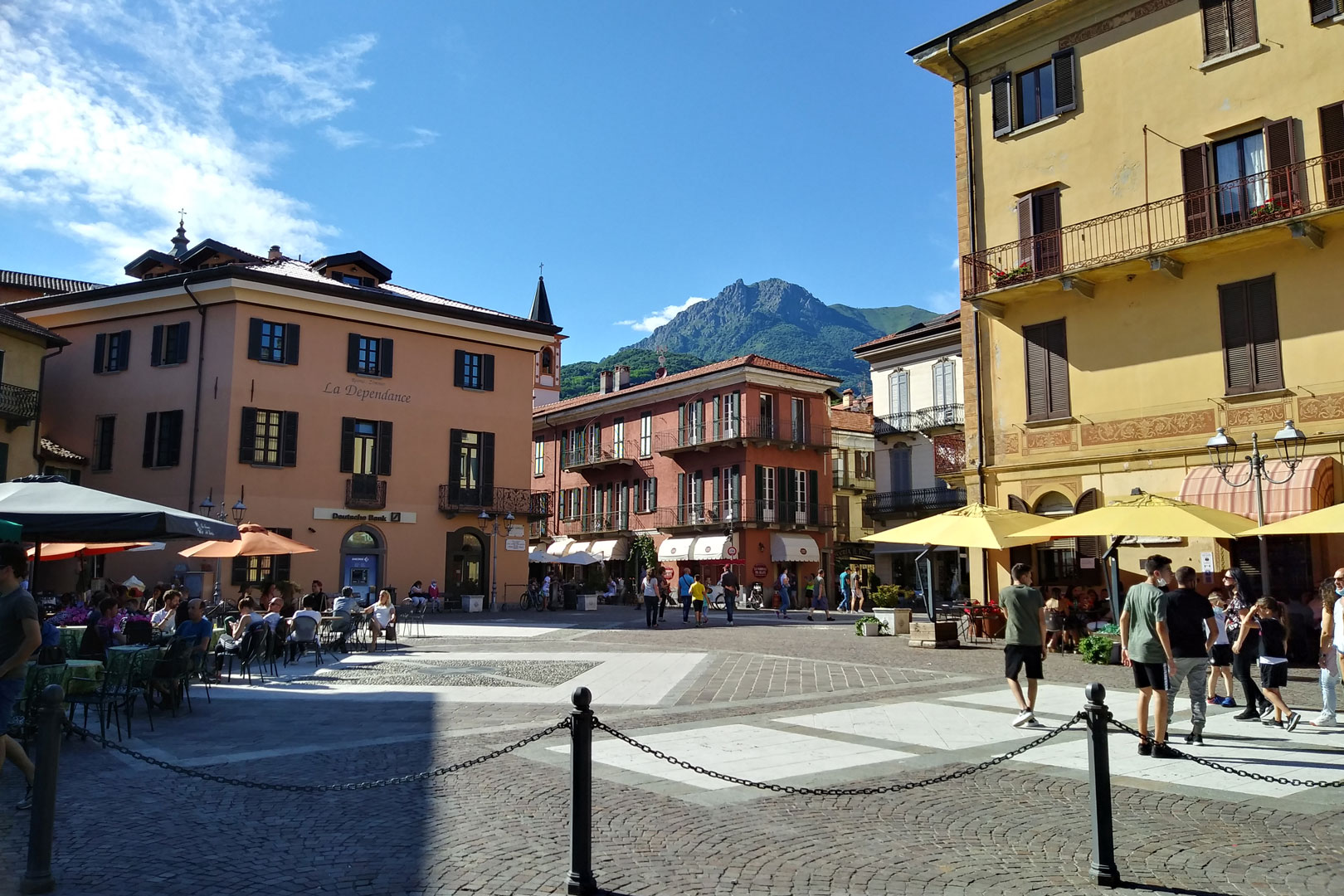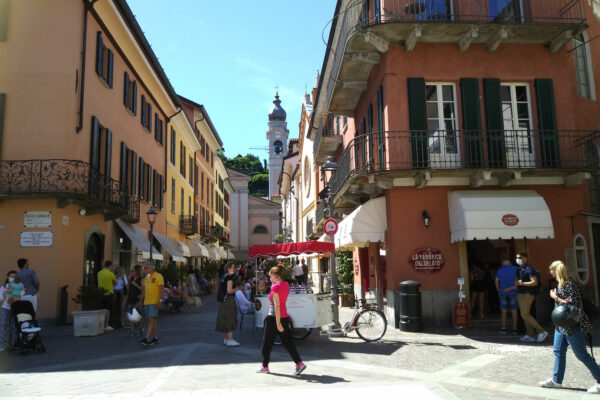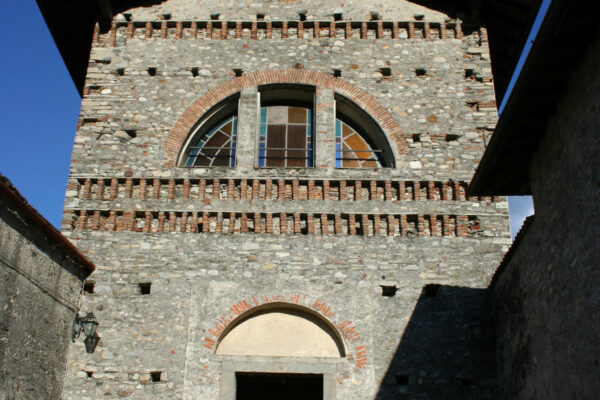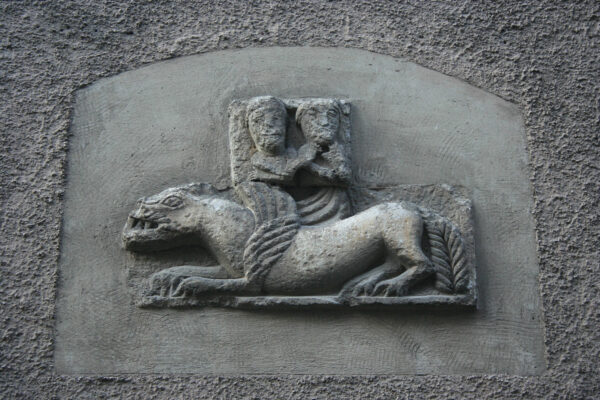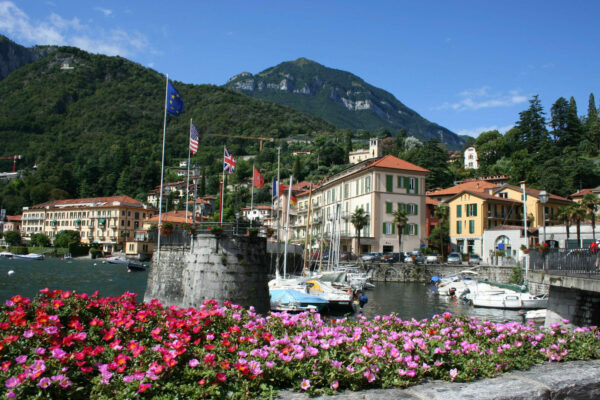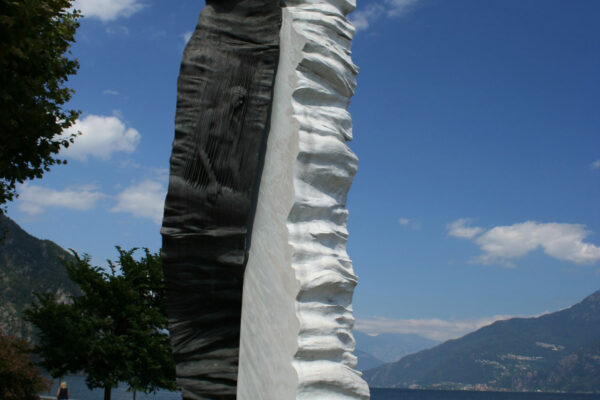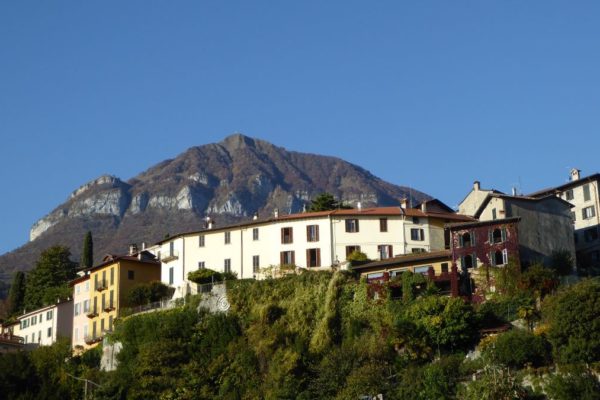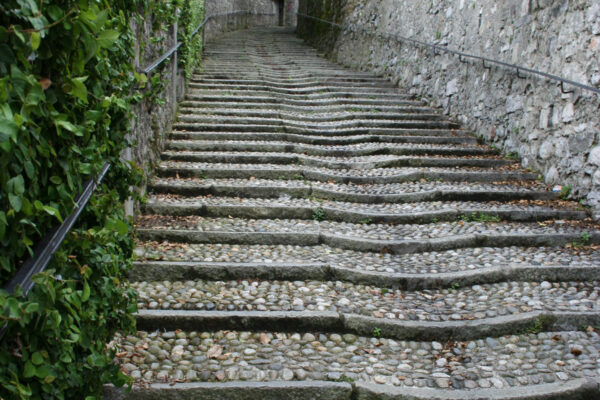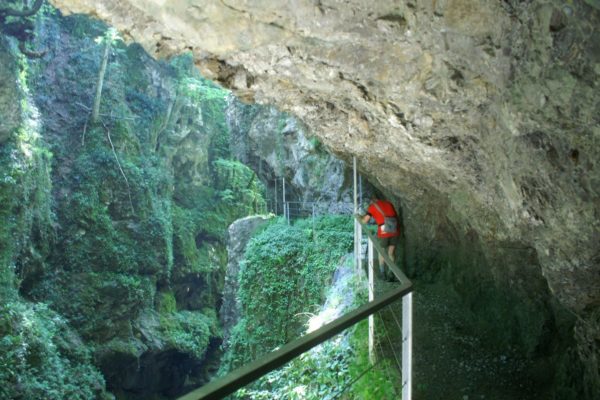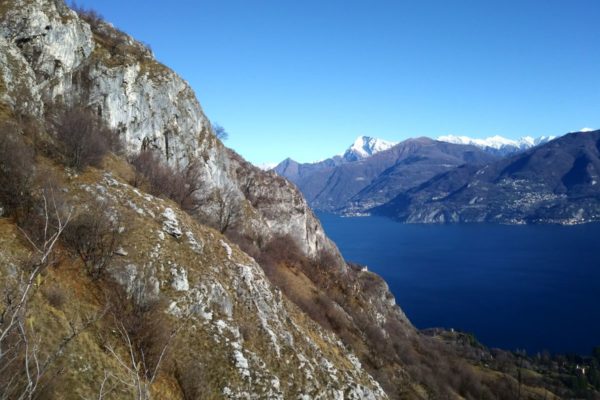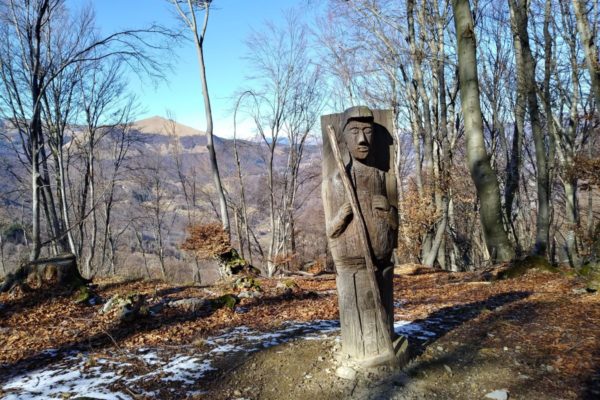Menaggio has various historical monuments which recall its importance throughout the ages. It was a town of note in ancient times because of its privileged geographical position, at the point where the Via Regina (road bordering the western side of the lake) met the road leading through the Val Menaggio to Lugano and the valley of Ticino. This circular walk, which starts in Piazza Garibaldi, allows you to discover Menaggio’s main sites. It leads up to Castello, the medieval part of the town, mainly along streets closed to traffic.
In case there are children walking with you, the tourist office suggests the amusing puzzle tour you can do together with this itinerary. This way discovering Menaggio also becomes fun for families.
